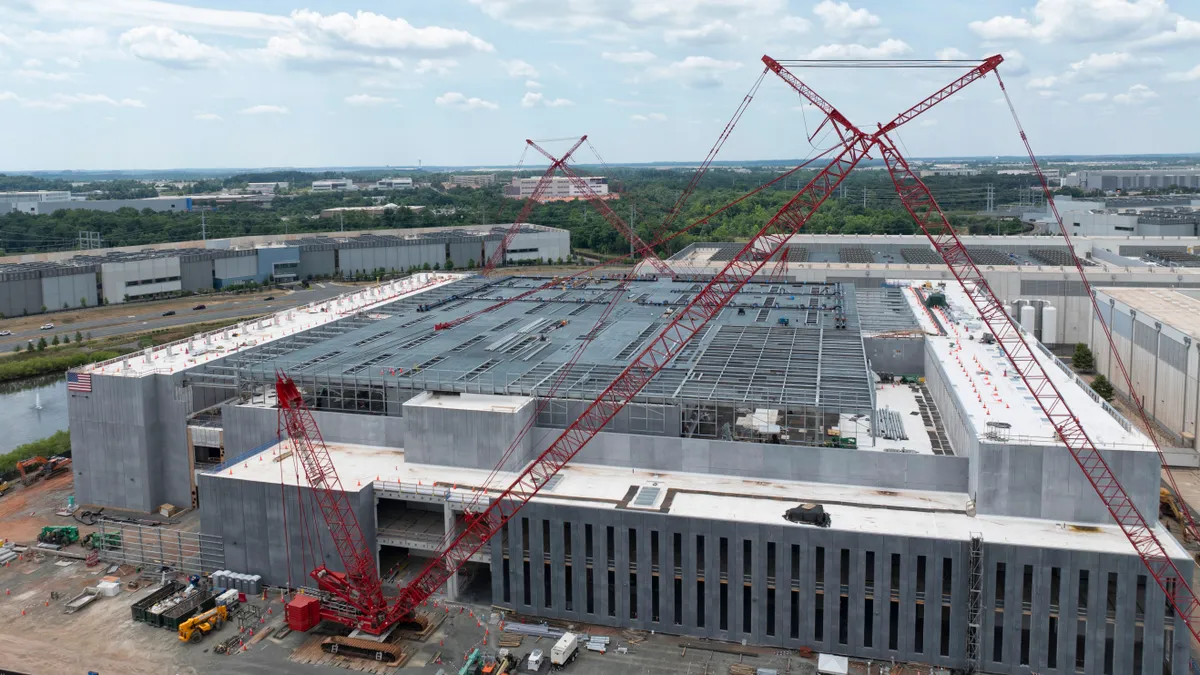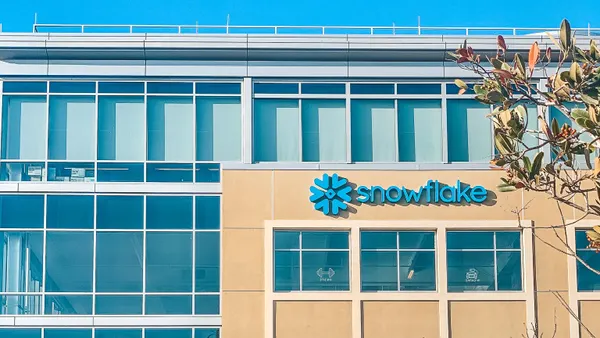Dive Brief:
- Despite steady growth in domestic data center capacity, U.S. companies faced a tight market for private and colocation space during the first three months of the year, according to CBRE research.
- The commercial real estate investment firm said surging demand for compute coupled with power grid challenges and construction delays contributed to historically low vacancy rates across major domestic markets and abroad. In Northern Virginia, the world’s largest data center market, vacancies dropped below 1% despite an 18% year-over-year inventory increase.
- The availability crunch drove up rental fees for private and colocation space globally. Average rates increased 20% year-over-year in North America, while heavy usage regions like Chicago saw rates spike 33% as the vacancy rate dropped to 2.4%, from 6.7% during the same period last year.
Dive Brief:
As cloud strategies evolve, enterprises looking to expand their data center footprint to private and colocation facilities may be out of luck — particularly in the most congested compute markets.
Hyperscalers are racing to build out cloud capacity, spending tens of billions of dollars to satisfy growing customer demand for storage and compute. In the shadow of these massive, resource-hungry infrastructure projects, private data center space is getting hard to come by in many areas.
“Depending upon the enterprise and what they're looking for, there may be a vacancy, but it may be across ten various facilities instead of one where the servers can be adjacent to each other,” Gordon Dolven, director of Americas data center research at CBRE Group, said.
Fragmented IT ecosystems create latency headaches. Running network cable and refreshing hardware also becomes a bigger challenge, Dolven added.
Capacity is growing at a healthy clip in most regions, CBRE found. North American data center inventory grew by nearly 25% year-over-year in Q1. Dallas-Fort Worth, now the second-largest domestic colocation market, saw capacity grow 32%, in the same period, but 92% of the region’s data center space under construction has already been leased.
“Best practice is to figure out what you think you're going to need three to five years down the road and put in the contractual protection to make sure that you can get first right of refusal on that space,” said Brian Alletto, director of technology and experience at West Monroe.
The resources needed to relieve the congestion aren’t readily available, according to Alletto. “We're seeing the combined impact of scarcity in raw materials and industry expertise,” he said.
Power and land availability in secondary markets attracted major hyperscaler infrastructure investments during the first half of the year. Indiana landed an $11 AWS buildout announced in April and a $1 billion Microsoft investment in June.
Proximity to the Chicago, Detroit and Cleveland markets is driving Indiana’s boom. CBRE expects access to hydropower resources to fuel a similar trend in Boise, Idaho.
“Data centers on the East Coast and in Northern Virginia are going to be more expensive,” Alletta said. “You get better deals in a region like the Pacific Northwest because of the power options.”
Returns on data center investments take time, Dolven cautioned.
“These are massive, capital-intensive projects that require a lot of public approval, processing, zoning and permitting,” said Dolven. “You can’t just put a data center in the middle of Kansas the same way you can't build a huge NFL stadium without the roads and parking lots and supporting infrastructure.”














